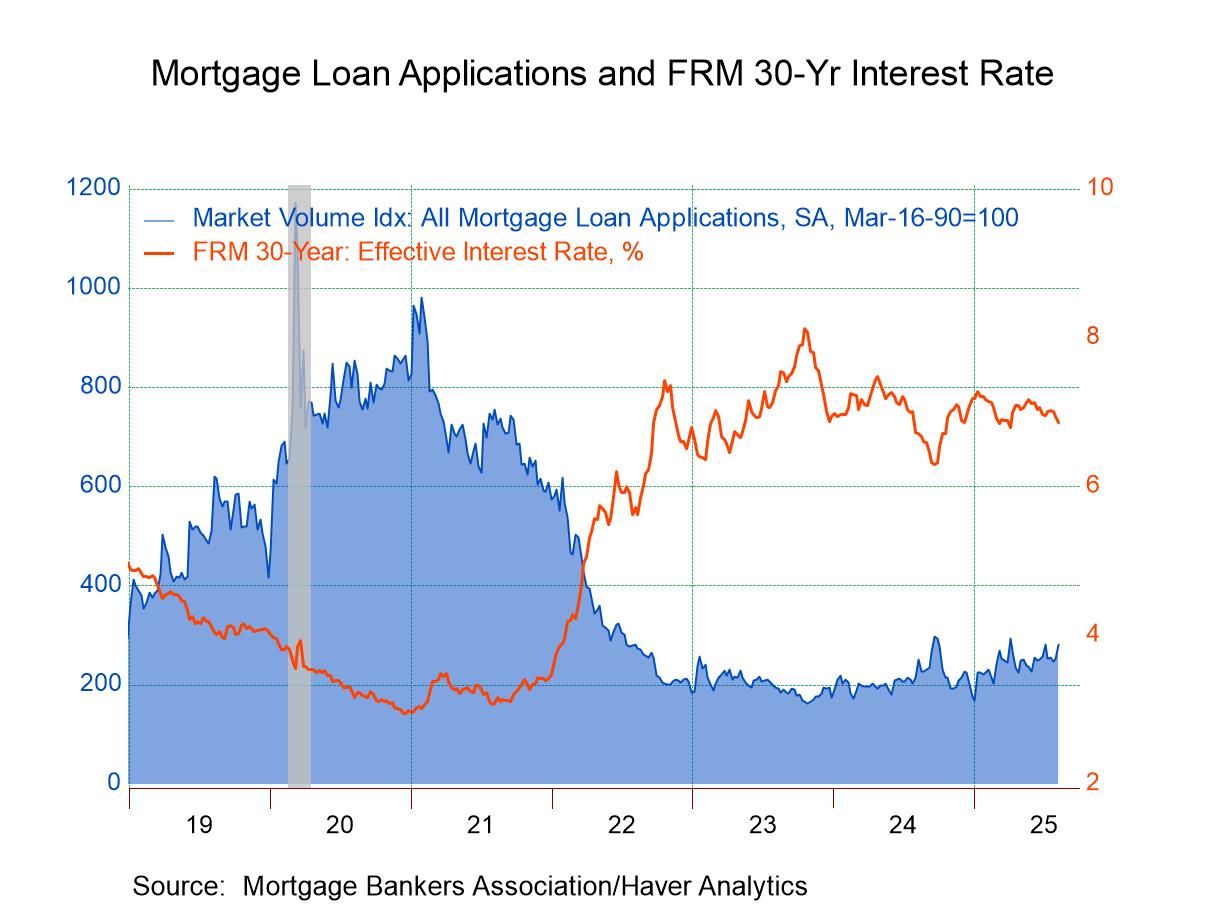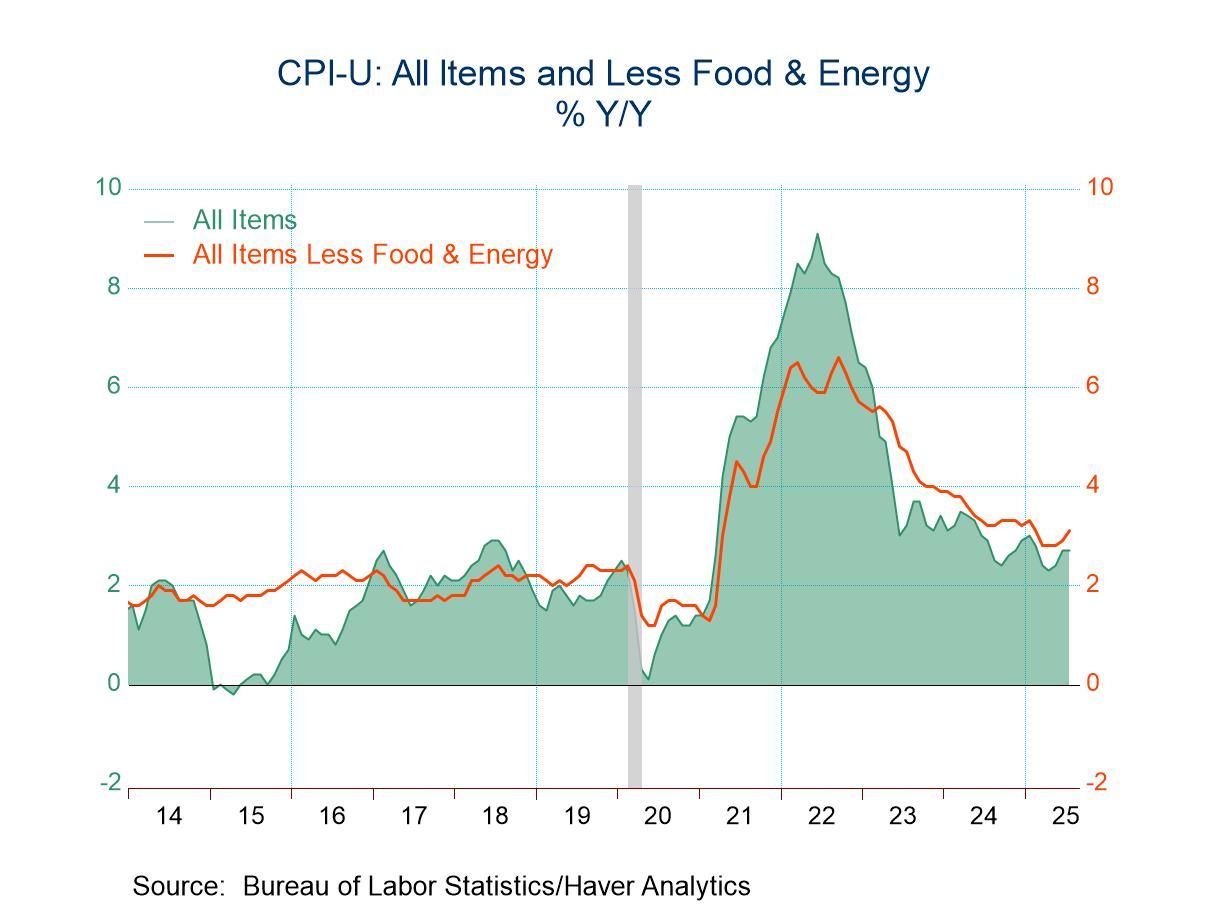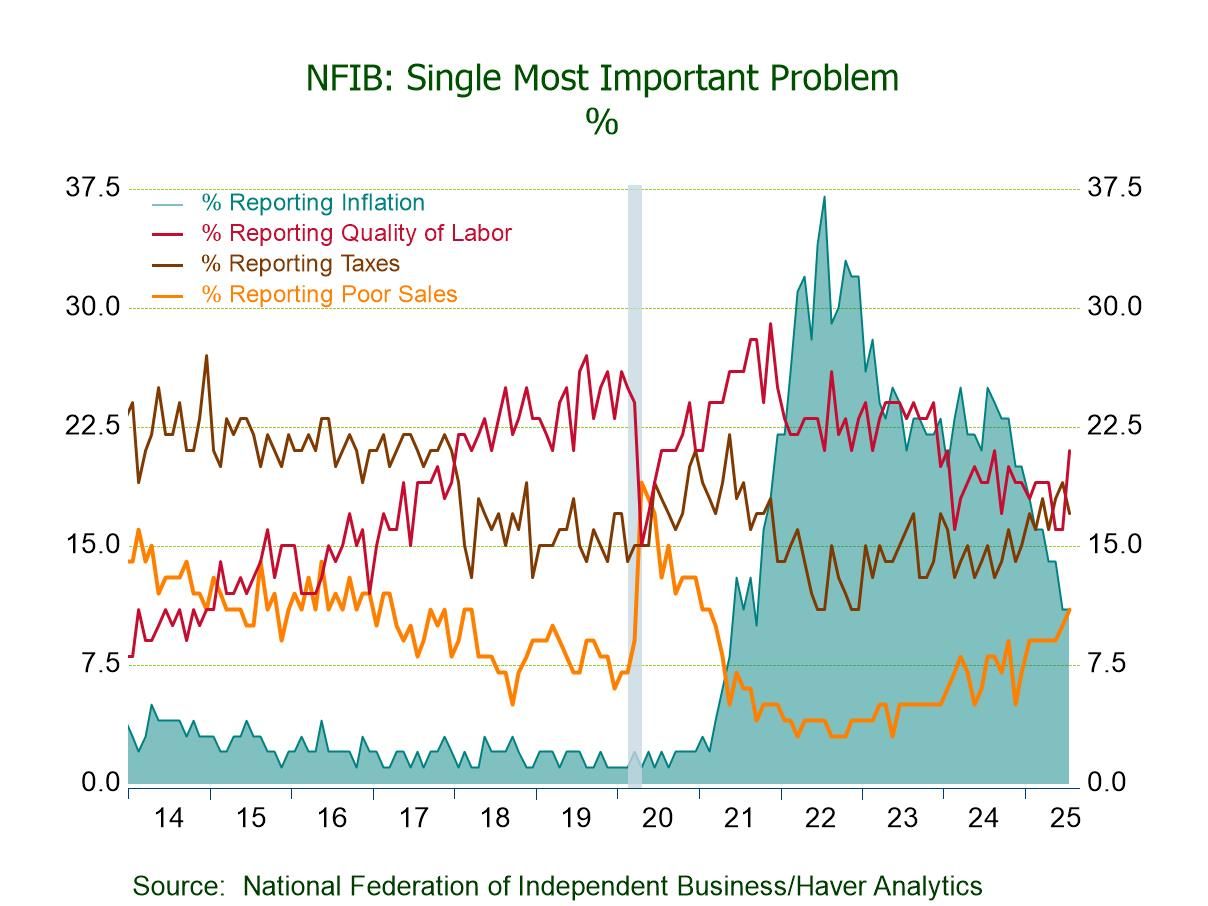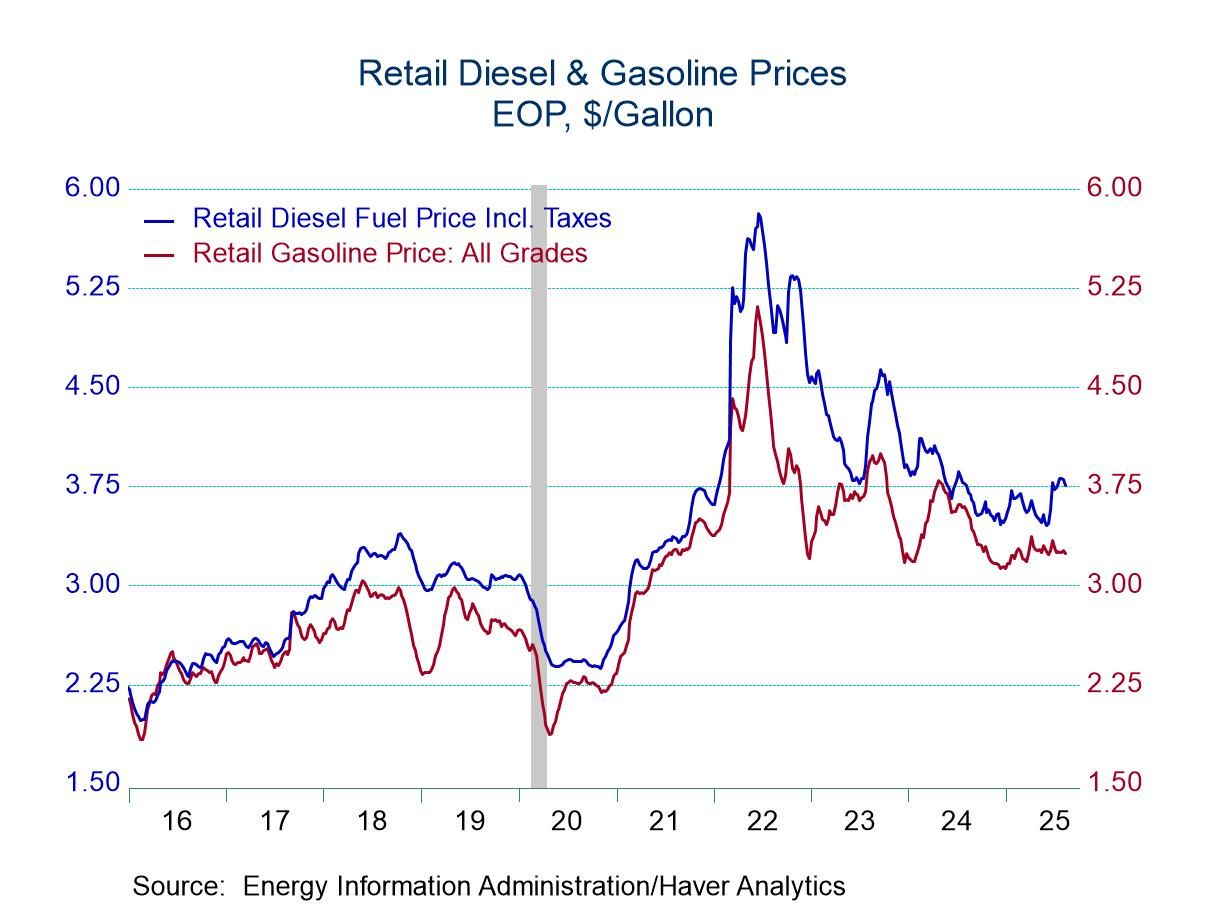 Global| Aug 05 2009
Global| Aug 05 2009U.S. Factory Inventory Decumulation Eases Somewhat
by:Tom Moeller
|in:Economy in Brief
Summary
An easing rate of inventory decumulation is now playing a part in improving the level of factory sector output. During June, factory sector inventories fell 0.8%, the same as they did in May and that compares with 1.0%+ declines [...]
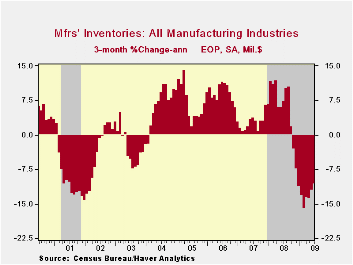
An easing rate of inventory decumulation is now playing a part in improving the level of factory sector output. During June, factory sector inventories fell 0.8%, the same as they did in May and that compares with 1.0%+ declines extending back to December. During the last three months the 10.5% annualized rate of inventory decumulation was down from 15.9% this past Winter. Much of that deceleration is due, however, to lower oil prices. Excluding oil, factory inventories fell at a 12.4% three-month rate that was just a slight moderation from earlier.
In fact, moderation in inventory decumulation rates is fairly spotty amongst various industries. Showing very modest accumulation were inventories of transportation equipment after declining at a three-month rate of 9.3% as recently as March. In addition, inventories of electrical equipment & appliances have fallen at a slightly reduced 19.3% rate and machinery inventories fell at a somewhat reduced 14.8% rate. Conversely, steep production cuts lowered furniture inventories at a 28.6% rate which near its quickest. Inventories of primary metals also fell at a fairly stable 32.4% pace and computer inventory decumulation accelerated to a 15.1% rate during the last three months. 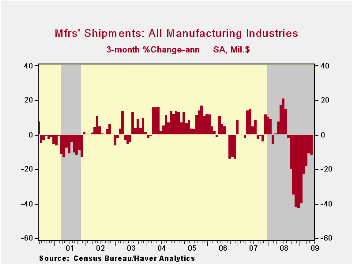
The reason for the modest improvement in inventory destocking has been an improved shipment picture. Factory shipments actually rose 1.4% during June and that was the first monthly increase in nearly one year. Increases in the transportation area and in the machinery industries accounted for much of the gain. Most elsewhere the rates of decline in shipments moderated substantially.
Finally, new orders have improved. The 0.4% June increase was the fourth in the last five months. It reflected a sharp monthly rise both in primary metals (-46.5% y/y) and machinery (-26.0% y/y) orders as well as a slight increase in electrical equipment (-30.8% y/y) orders. Bookings of transportation equipment and furniture continued to fall.
The Manufacturers' Shipments, Inventories and Orders (MSIO) data is available in Haver's USECON database.
The international dimension of productivity and demand shocks in the U.S. economy from the Federal Reserve Bank of San Francisco can be found here.
| Factory Survey (NAICS, %) | June | May | Y/Y | 2008 | 2007 | 2006 |
|---|---|---|---|---|---|---|
| Inventories | -0.8 | -0.8 | -8.5 | 2.1 | 3.7 | 8.2 |
| Excluding Transportation | -1.0 | -0.9 | -11.4 | -0.6 | 2.7 | 7.9 |
| New Orders | 0.4 | 11.1 | -24.1 | 0.1 | 1.9 | 6.2 |
| Excluding Transportation | 2.3 | 0.9 | -22.6 | 3.1 | 1.2 | 7.4 |
| Shipments | 1.4 | -0.8 | -21.4 | 1.7 | 1.2 | 5.9 |
| Excluding Transportation | 1.4 | -0.0 | -21.6 | 3.7 | 1.5 | 6.7 |
| Unfilled Orders | -0.9 | -0.3 | -9.5 | 3.5 | 17.1 | 15.3 |
| Excluding Transportation | -0.1 | -0.7 | -14.0 | -1.0 | 8.2 | 16.0 |
Tom Moeller
AuthorMore in Author Profile »Prior to joining Haver Analytics in 2000, Mr. Moeller worked as the Economist at Chancellor Capital Management from 1985 to 1999. There, he developed comprehensive economic forecasts and interpreted economic data for equity and fixed income portfolio managers. Also at Chancellor, Mr. Moeller worked as an equity analyst and was responsible for researching and rating companies in the economically sensitive automobile and housing industries for investment in Chancellor’s equity portfolio. Prior to joining Chancellor, Mr. Moeller was an Economist at Citibank from 1979 to 1984. He also analyzed pricing behavior in the metals industry for the Council on Wage and Price Stability in Washington, D.C. In 1999, Mr. Moeller received the award for most accurate forecast from the Forecasters' Club of New York. From 1990 to 1992 he was President of the New York Association for Business Economists. Mr. Moeller earned an M.B.A. in Finance from Fordham University, where he graduated in 1987. He holds a Bachelor of Arts in Economics from George Washington University.



